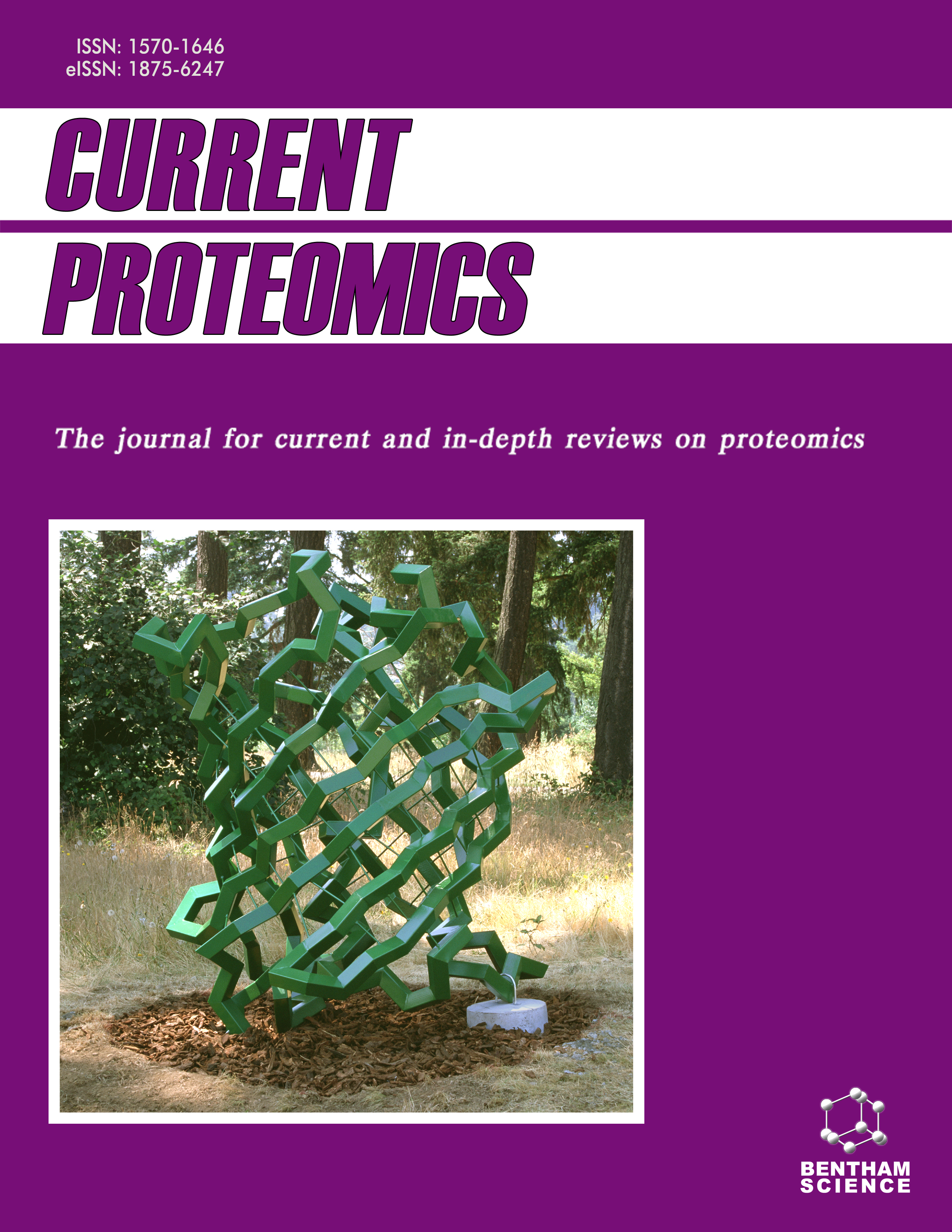
Full text loading...
We use cookies to track usage and preferences.I Understand

Abiotic stress, including drought, salinity, extreme temperatures, and light intensity, profoundly affects plant growth and development. Plants being sessile cannot escape the stress conditions,, thus have developed either evading or tolerance mechanisms during evolution. In plants several processes are affected by drought e.g. there is inhibition of growth, reduction in photosynthesis, and yield, and increased membrane damage. Plants respond to drought or tolerate stress by downregulation of growth, photosynthetic machinery and membrane fluidity, increased cuticle thickness, osmolyte accumulation, increased defense chemicals, and secondary metabolites, and stress responding proteins e.g. Late Embryogenic Abundance and Heat Shock proteins etc. The root architecture is elaborated, and leaf rolling occurs. Futher, there is an increase in the cell's antioxidant potential and antioxidant enzyme activity. Most of these mechanisms are investigated using proteomics and protein techniques. With the advent of sensitive proteomics techniques and the availability of databases for several plants, proteomics experiments have become routine in stress based studies. Current review highlights the modulation in the photosynthetic and chloroplastic proteins in higher plants that proteomics and other protein determination studies have revealed, in response to stress treatment. It specifically discusses the latest developments in terms of protein changes in leaves or other tissues from the studies using stress treatment, since several reviews have already covered the earlier findings. Moreover, it further discusses the future role of proteomics studies in elucidating stress mechanisms in plants.

Article metrics loading...

Full text loading...
References


Data & Media loading...